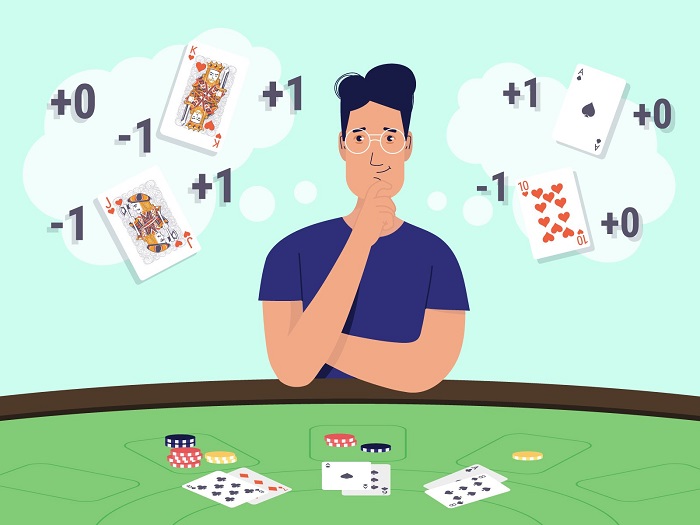
Mastering the Art of Counting Cards in Poker: Strategies and Techniques
Counting cards in poker, unlike in blackjack, is not about tracking specific cards but rather about understanding and predicting opponents’ hands based on visible actions and patterns. This skill, which blends mathematics with psychology, can be a powerful tool in a poker player’s arsenal. In this comprehensive guide, we explore the fundamentals of counting cards in poker, targeting an audience aged 25 to 65, both beginners and seasoned players looking to refine their strategic approach to the game.
The Basics of Card Counting in Poker
Card counting in poker involves observing the cards that have been dealt and using this information to infer which cards remain in the deck. This technique is particularly useful in games like Texas Hold’em or Omaha, where knowing the likelihood of certain cards appearing can significantly influence betting strategies.
Effective card counting also requires keen observation of other players’ actions. Betting patterns, physical tells, and decision-making times can offer crucial insights into their hand strength. This information, combined with knowledge of the remaining cards, can guide your strategy on whether to fold, call, or raise.
Practicing card counting starts with sharpening your memory and attention to detail. Familiarizing yourself with card combinations and their probabilities is also essential. This foundational knowledge is crucial for making accurate predictions during gameplay.
Advanced Techniques and Strategies
For those looking to advance their card counting skills, several techniques can be employed. One such strategy is range balancing, which involves varying your hand range to remain unpredictable to opponents.
Another advanced technique is equity calculation, which is estimating your chances of winning a hand based on the known cards. This calculation can guide your betting decisions, helping you to bet more aggressively when the odds are in your favor and to fold when they are not.
Psychological Aspects of Card Counting
The psychological element of card counting cannot be overstated. It’s about reading opponents and understanding their strategies and mindsets. Paying attention to players’ behavior and patterns can reveal as much information as the cards themselves.
Mastering the psychological aspects also involves controlling your own emotions and actions. Projecting false tells or masking your strategy can be as important as deciphering your opponents’ tactics.

Legal and Ethical Considerations
It’s important to note that while card counting is not illegal, it is frowned upon in many casinos and can lead to being banned from a table or establishment. Understanding the legal and ethical boundaries of card counting is crucial for any player considering its use.
Always ensure that your play remains within the rules of the game and the policies of the establishment you are playing in. Ethical play not only respects the integrity of the game but also preserves the reputation and enjoyment for all participants.
Practice and Continuous Improvement
Like any skill, mastering card counting in poker requires practice and dedication. Regularly playing and applying these techniques will improve your proficiency over time.
Engaging in continuous learning, whether through books, online resources, or playing with more experienced players, can also enhance your card counting abilities. Remember, the art of card counting in poker is a journey, not a destination, and continuous improvement is key to success.

